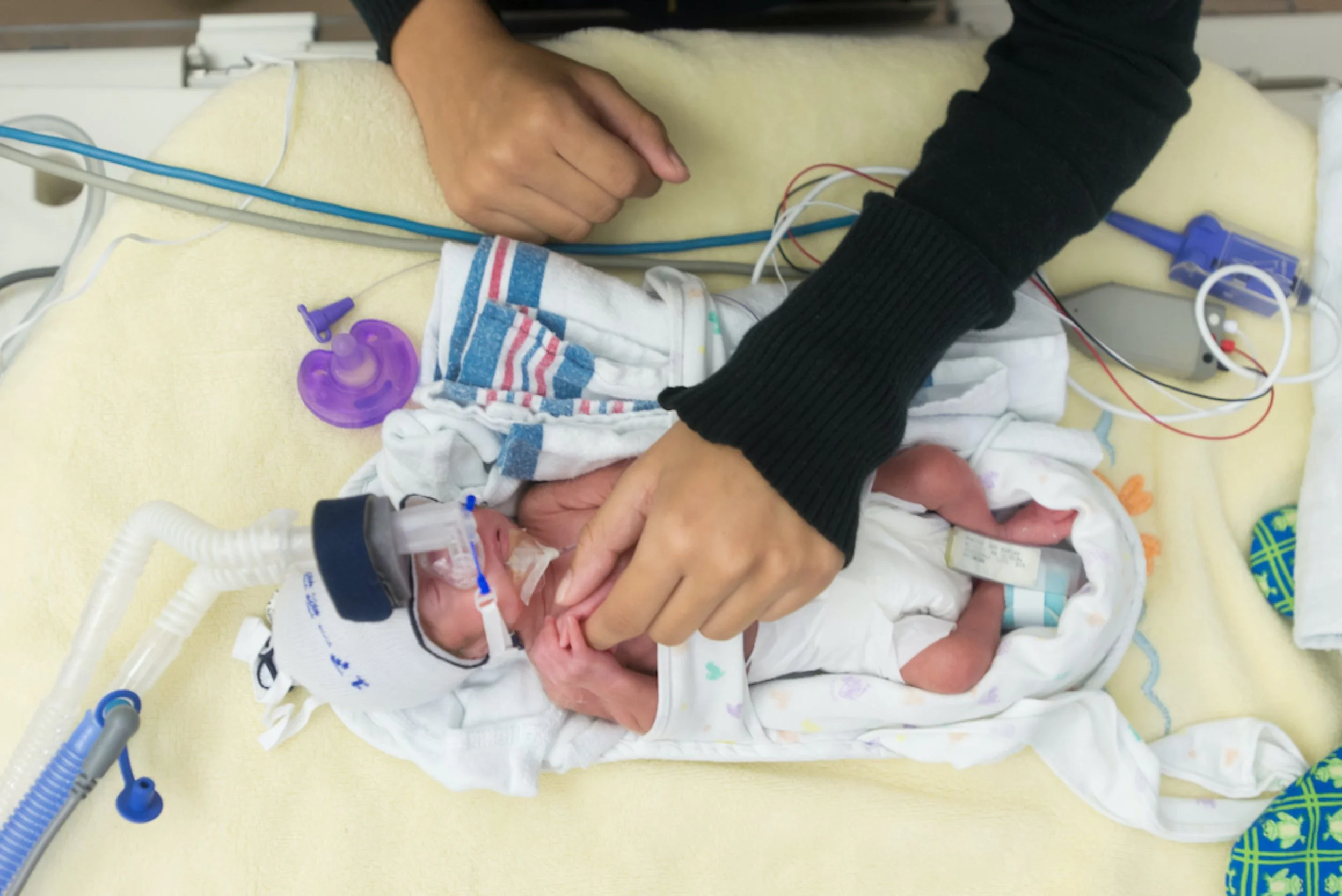Digital Health Platforms
Predicative Analytics in the NICU
Multichannel physiological recordings are used for everyday decisions and automated alarms in hospitals, clinics. Advances in sensor and wireless technologies is creating new opportunities for wearable and contactless recording of normal and adverse physiologies. Our studies have focused on developing computational methods for detection and prediction of adverse physiological events in preterm infants, a highly vulnerable population prone to life-threatening apnea, bradycardia and hypoxia events.
Our interdisciplinary team’s goal is to evaluate infant movement as a vital marker for the functional integrity and maturation of the nervous system, to quantify the interactions of movement bouts with the respiratory and cardiac rhythms, and to develop machine learning algorithms using features of movement for prediction of apneic episodes. With preterm infants (born before 37 weeks), their nervous system is not fully developed and thus their cardiorespiratory system is not as robust to exogenous stimulation. These infants are known to need respiratory support through both medications (e.g., caffeine) as well as oxygen supplementation. There are a number of interesting research questions exploring how continuous physiological signals can be used to identify when the patient is ready for extubation, being taken off caffeine, and ultimately when they are ready to be discharged home.
Ongoing Projects:
Optimizing Infant Health Through Analysis of Continuous Physiological Signals in Sickbay
Biomarkers and Physiological Interventions for Optimizing Infant Health
Key Publications:
Zuzarte I, Paydarfar D, Sternad D. Effect of spontaneous movement on respiration in preterm infants. Exp Physiol. 2021 May;106(5):1285-1302. doi: 10.1113/EP089143. Epub 2021 Mar 18. PMID: 33675125; PMCID: PMC8087648.
Zuzarte I, Sternad D, Paydarfar D. Predicting apneic events in preterm infants using cardio-respiratory and movement features. Comput Methods Programs Biomed. 2021 Sep;209:106321. doi: 10.1016/j.cmpb.2021.106321. Epub 2021 Jul 30. PMID: 34380078; PMCID: PMC8898595.

